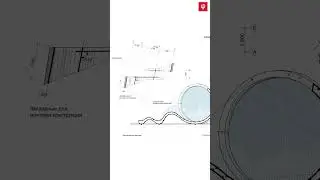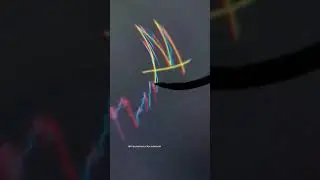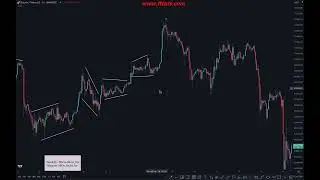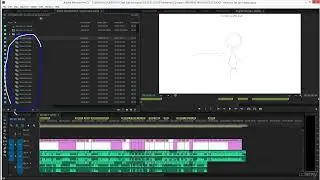PART 1 - Candlestick identification.
Historical Context and Evolution
Candlestick charts were first developed by Munehisa Homma, a legendary rice trader from Japan, who utilized these charts to gain insights into market psychology and price movements. Over centuries, these charts have evolved and have been integrated into modern technical analysis, becoming indispensable for traders globally. Their ability to encapsulate a vast amount of information in a single glance makes them superior to traditional bar and line charts.
Anatomy of a Candlestick
A single candlestick provides a wealth of information. Each candlestick consists of the following components:
**Body**: Represents the difference between the opening and closing prices. A filled body indicates a bearish sentiment (closing price lower than opening), while an empty body denotes a bullish sentiment (closing price higher than opening).
**Wicks (Shadows)**: These are the lines extending from the body, indicating the highest and lowest prices during the trading period.
**Color**: Traditionally, green or white represents a bullish candlestick, while red or black signifies a bearish candlestick.
Types of Candlesticks
#### Bullish Candlesticks
1. **Hammer**: A bullish reversal pattern characterized by a small body and a long lower wick, indicating that sellers pushed prices lower, but buyers regained control towards the close.
2. **Bullish Engulfing**: A two-candlestick pattern where a small bearish candlestick is followed by a larger bullish candlestick that completely engulfs the previous day's body.
#### Bearish Candlesticks
1. **Shooting Star**: A bearish reversal pattern that has a small body and a long upper wick, indicating that buyers drove prices higher but sellers brought them back down towards the close.
2. **Bearish Engulfing**: A two-candlestick pattern where a small bullish candlestick is followed by a larger bearish candlestick that completely engulfs the previous day's body.
Patterns and Formations
Understanding individual candlesticks is crucial, but identifying patterns formed by multiple candlesticks is where true analytical prowess lies. Here are some of the most significant patterns:
#### Single Candlestick Patterns
1. **Doji**: Indicates indecision in the market, where the opening and closing prices are virtually identical.
2. **Spinning Top**: Represents indecision but with a slightly larger body than a Doji, indicating minor price movement.
#### Double Candlestick Patterns
1. **Harami**: A two-candlestick pattern where a large candlestick is followed by a smaller one within its range, signaling potential reversal.
2. **Tweezer Tops and Bottoms**: Identified by two candlesticks with matching highs or lows, indicating potential market reversal points.
#### Triple Candlestick Patterns
1. **Morning Star**: A bullish reversal pattern consisting of a bearish candlestick, a small-bodied candlestick, and a bullish candlestick.
2. **Evening Star**: A bearish reversal pattern that includes a bullish candlestick, a small-bodied candlestick, and a bearish candlestick.
Advanced Candlestick Analysis
To elevate your trading strategy, it is imperative to delve deeper into advanced candlestick analysis. This involves the integration of candlestick patterns with other technical indicators and market context to enhance predictive accuracy.
#### Combining with Moving Averages
Moving averages can confirm the signals provided by candlestick patterns. For instance, a bullish engulfing pattern followed by a cross above the moving average can strengthen the bullish signal.
#### Volume Analysis
Volume is a critical component in validating candlestick patterns. High volume during the formation of a pattern suggests stronger conviction and reliability.
#### Support and Resistance Levels
Candlestick patterns that occur near significant support or resistance levels are more reliable. For example, a hammer pattern forming at a well-established support level indicates a higher likelihood of a bullish reversal.
Practical Applications and Strategies
To translate theoretical knowledge into practical trading strategies, one must adopt a disciplined approach to candlestick analysis. Here are some strategies:
#### Trend Reversal Strategy
Identify potential trend reversals by spotting patterns like the Morning Star at the end of a downtrend or the Evening Star at the end of an uptrend.
#### Continuation Patterns
Look for patterns such as the Rising Three Methods or Falling Three Methods, which indicate temporary pauses in the trend before it resumes.
#### Risk Management
Effective risk management is paramount. Use stop-loss orders to protect against adverse price movements and manage position sizes based on the reliability of candlestick patterns.


![HOW TO GET FISHMAN KARATE + SHOWCASE! [SQUARE PIECE]](https://images.videosashka.com/watch/hYK8KdZ8dW4)




























